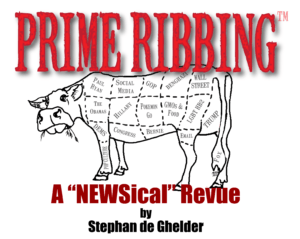 After a stint as a deejay on the ss Rotterdam, then ssStatendam, then ss Volendam, and becoming an assistant to the cruise director, I moved to New York. There, I landed a dream job working for Cheryl Dolby, a highly motivated and extremely successful press representative who ran the theatrical press agency Merlin Group, LTD. Here I honed the craft of writing effective news releases, learned media relations, and coordinated promotional events.
After a stint as a deejay on the ss Rotterdam, then ssStatendam, then ss Volendam, and becoming an assistant to the cruise director, I moved to New York. There, I landed a dream job working for Cheryl Dolby, a highly motivated and extremely successful press representative who ran the theatrical press agency Merlin Group, LTD. Here I honed the craft of writing effective news releases, learned media relations, and coordinated promotional events.
I left New York City after a “series of unfortunate events” culminating in the VW Beetle being stolen; we moved to Sarasota, FL, where a dear friend offered his garage and spare bedroom as a place to land.
When I was offered a job as a copywriter after my two years in radio banging out 25 to 30 ads a week, I joined a fledgling ad agency. The concept of a “public relations” service was a foreign thing to most ad shops. All graphics and design. Creating a public relations department to offer clients a “value add” along with the advertising budgets, I was able to integrate advertising and image branding. Often with great success with collaborations between not for profits and retail clients. This was when I began building successful image campaigns for companies working with organizations such as Mote Marine, Sarasota AIDS Support, Snooty the Manatee, Sarasota Ballet, Suncoast OnShore Grand Prix (later to become the Offshore Grand Prix), License to Bash.
It was a different time then. You could pick up the phone and contact a columnist or send something for possible pick up in the newspaper. And you could time it with your paid advertising campaign because often you’d know when the article would run. No really.
Integrated messaging is not new.
I always felt integrated messaging – that is, messaging where you leverage both earned media (news releases, features, interviews) and paid advertising (print, banner, billboard, radio, etc.) – and helping build a company’s reputation through ethical means made an incredible amount of sense; it also helped shoestring budgets and new business launches.
both earned media (news releases, features, interviews) and paid advertising (print, banner, billboard, radio, etc.) – and helping build a company’s reputation through ethical means made an incredible amount of sense; it also helped shoestring budgets and new business launches.

